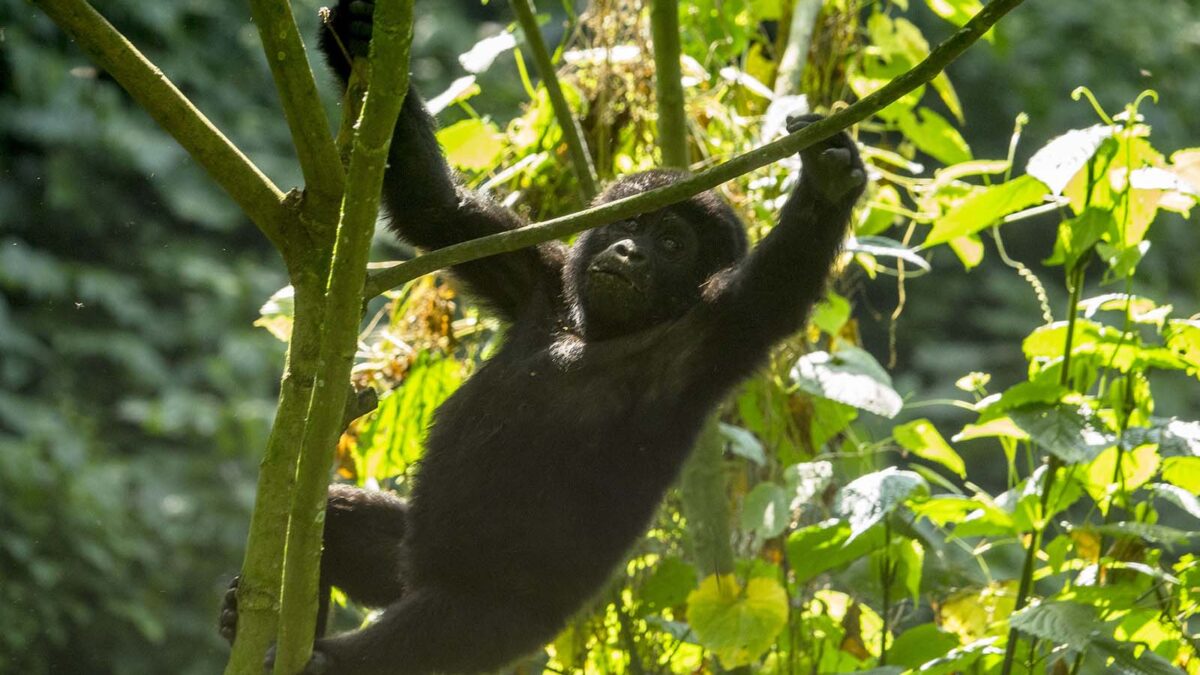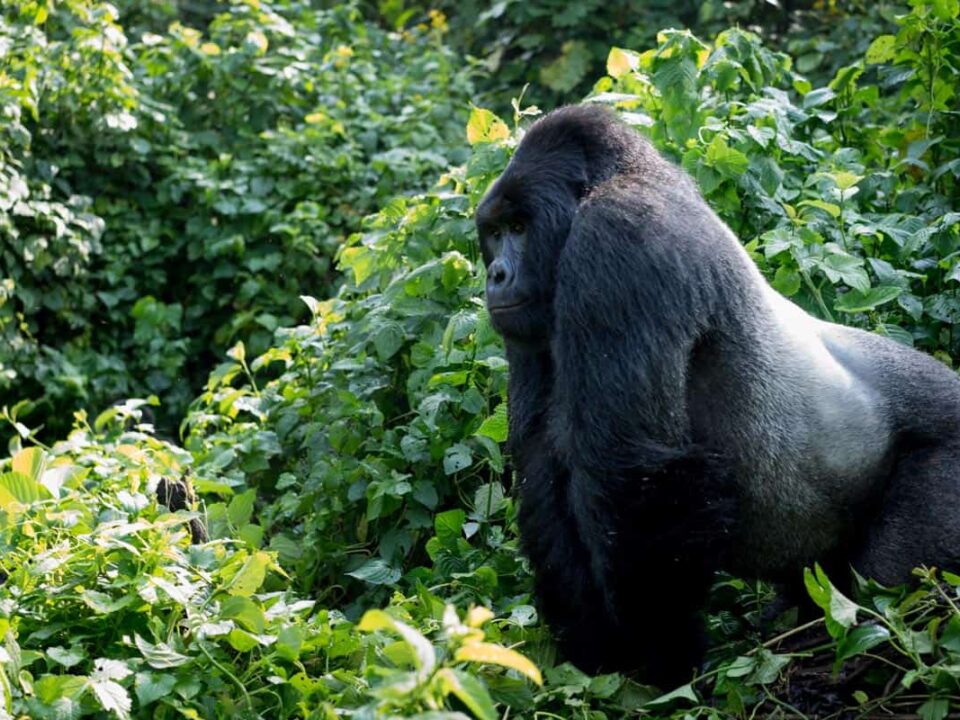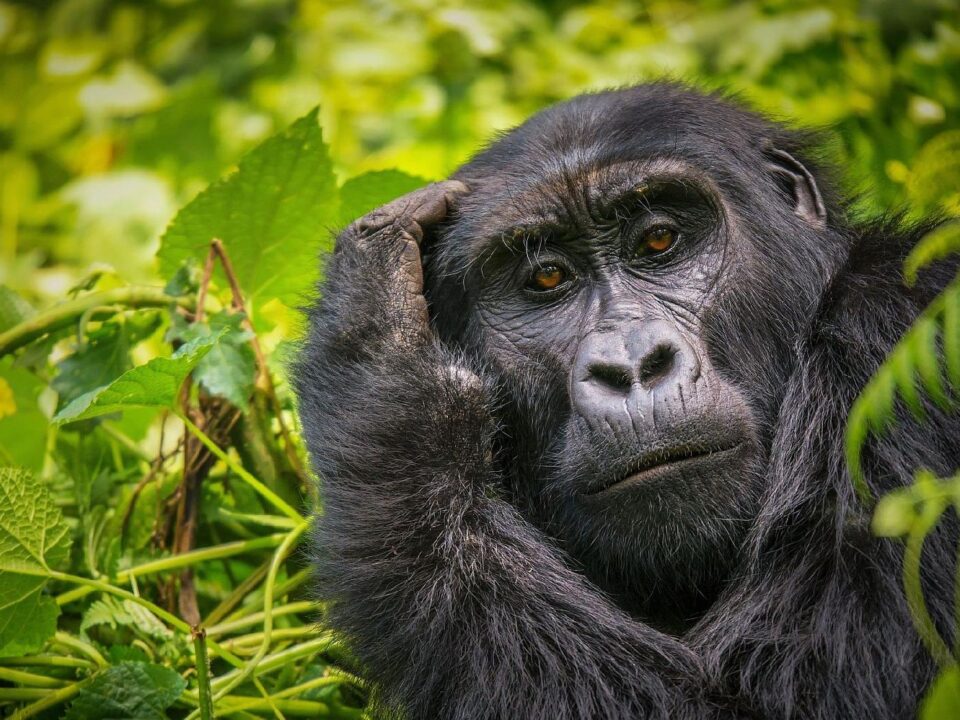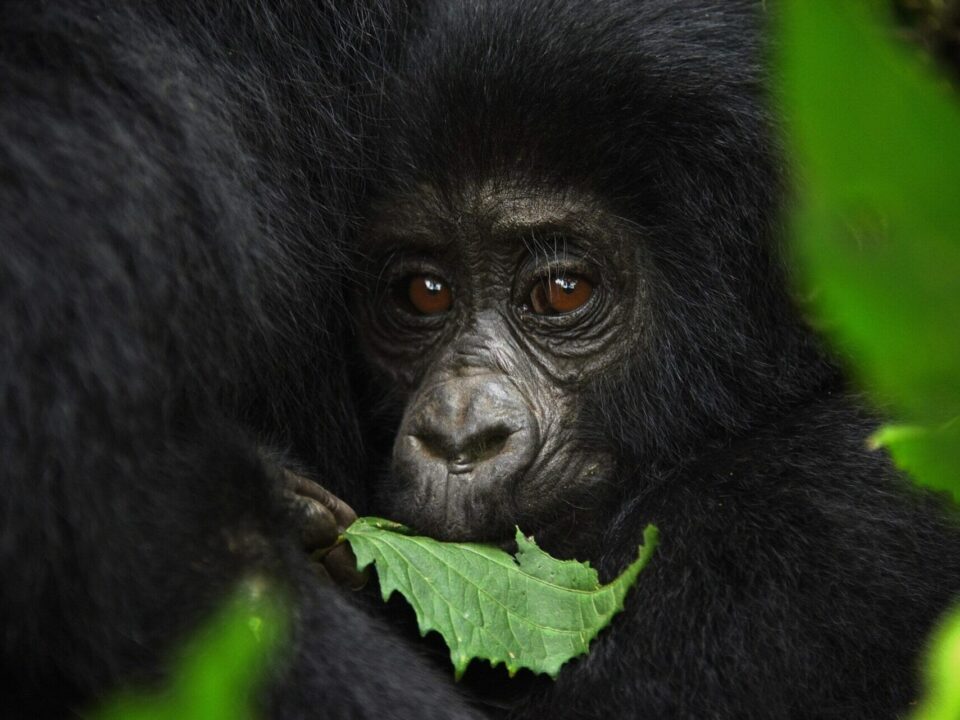Why Mountain Gorillas are Endangered?

Golden Monkey Treks in Uganda
October 3, 2023
Responsible Tourism in Bwindi impenetrable National Park
October 3, 2023Why Mountain Gorillas are Endangered?
Mountain gorillas, a rare and treasured mammal species in Uganda, face a precarious future. The endangered status of these majestic creatures is the result of a complex interplay between natural factors and human activities. Mountain gorillas, found in both East Africa and Central African states, are critically endangered, making their conservation a matter of utmost importance.
The Multifaceted Threats to Gorilla Conservation
The conservation of mountain gorillas is under siege from various threats, each posing unique challenges. These threats include:
1. Habitat Loss
One of the foremost threats to gorilla survival is habitat loss and modification caused by human activities. Agricultural expansion, logging, fuelwood collection, the harvesting of forest products, and the grazing of domestic animals collectively degrade gorilla habitats. As the human population in Africa continues to grow, these problems escalate, exacerbating the issue.
2. Vulnerability to Human Diseases
Gorillas are highly susceptible to human diseases, many of which they lack immunity to. The influx of poachers, soldiers, local communities, and domestic animals acts as a conduit for the transmission of pathogens into gorilla populations.
3. Poaching and Hunting
In certain areas, hunting of gorillas for meat and the capture of animals for collections pose more significant threats than habitat loss. Encroachment of human populations into gorilla habitats, often driven by the demand for forest products like fuelwood and timber, exacerbates the problem. Strict rules have been established to safeguard the boundaries of national parks.
4. Bushmeat Trade
The bushmeat market extends beyond primates, targeting a range of animals including duikers, pigs, and rodents. Unfortunately, snares and traps set for these animals often injure gorillas. When caught in snares, gorillas struggle to free themselves and sustain cuts on their limbs, hands, and feet. Without proper medical attention, these injuries can lead to severe pain and even death.
5. Natural Accidents
Natural accidents, such as infants falling from trees, lightning strikes, and territorial conflicts, can take a toll on gorilla populations, as reported in the neighboring Mgahinga Gorilla National Park.
6. Bush Fires
Fires ignited by local farmers, hunters, and pastoralists outside the gorillas’ range can spiral out of control and sweep through the dry forest, causing extensive damage.
7. Human Disturbance
War and civil unrest contribute significantly to biodiversity loss in Africa. Armed insurgents seek refuge in forests, crossing borders, establishing camps, and resorting to gorilla hunting for sustenance or sport. Displaced populations, fleeing violent conflict, clear vast tracts of land for fuelwood, further endangering gorillas. This leads to disease transmission between humans and gorillas.
Gorillas, with their imposing size, are often perceived as threats by humans sharing their habitat. This perception is reinforced when gorillas occasionally raid plantations. In some cases, gorillas attacking and seriously injuring farmers near parks become targets for retaliation.
Conclusion
The endangered status of mountain gorillas is a complex issue arising from a web of challenges, both natural and human-induced. Conservation efforts must address these multifaceted threats to secure the future of these magnificent creatures. Trekking mountain gorillas in Bwindi Impenetrable National Park offers a unique opportunity to witness their beauty and understand the importance of their preservation.




